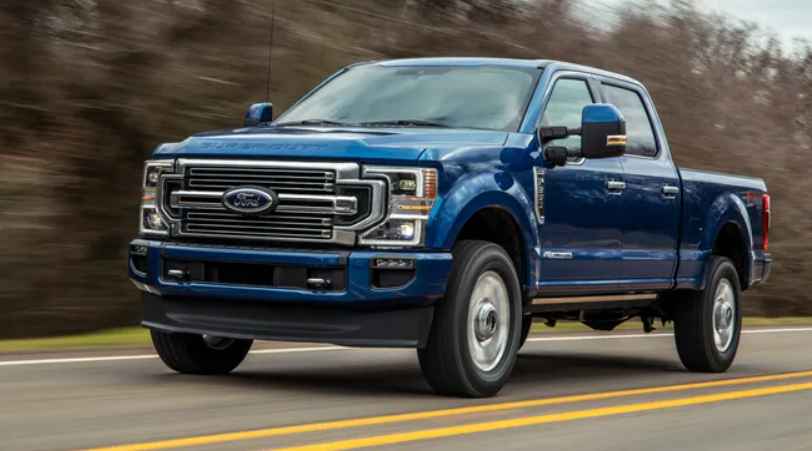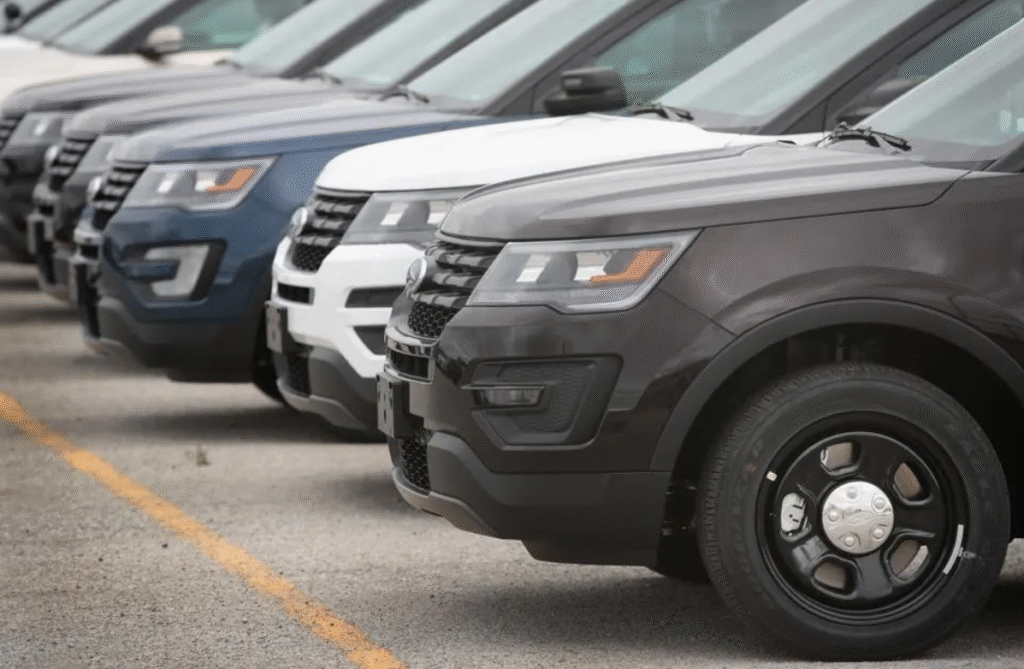Ford Motor Company is recalling 312,120 vehicles in the United States due to a potential brake system defect, according to the National Highway Traffic Safety Administration (NHTSA).
In a major move prioritizing driver safety, Ford Motor Company has announced the recall of over 312,000 vehicles across the United States due to a brake assist system malfunction. The issue, which affects braking performance and may increase the risk of a crash, has prompted the automaker to take swift action. This recall affects several popular Ford models and is part of the company’s broader efforts to address potential safety hazards before they lead to accidents. Here’s everything you need to know about the affected vehicles, the nature of the defect, and what steps Ford owners should take next.

The recall was initiated because of an unexpected loss of power brake assist that could occur while driving.
This malfunction extends the vehicle’s stopping distance, significantly increasing the risk of crashes.
The NHTSA also noted that when Advanced Driver Assistance Systems (ADAS) features are engaged, the loss of power brake assist may result in the vehicle not braking as expected, further elevating crash risks.
The module software will be updated for free by a dealer or over-the-air. Ford plans to mail notification letters to customers on August 25, according to the NHTSA.
The company is responsible for the most recalls this year out of the top 12 vehicle manufacturers, according to NHTSA data. Ford Motor Co. has issued 94 recalls in 2025 so far.
Ford recalls 312K vehicles over loss of brake power that can increase crash risk https://t.co/HuWUkJbS9J pic.twitter.com/1IQX0MkBLR
— New York Post (@nypost) August 1, 2025
The auto regulator has noted that the problem lies with the Electronic Brake Booster (EBB) module, which may lose power when someone is driving.
This would extend stopping distances and increase the risk of a crash. In case the module malfunctions when the Advanced Driver Assistance Systems features are on, it could also result in the vehicle not braking as expected, increasing crash risks as well.
Advanced Driver Assistance Systems features are smart safety features to help drivers avoid accidents.

How to fix the issue
As per the NHTSA, the issue can be fixed by updating the software over-the-air, or by a dealer. These would both be free of charge.
How to check if your car has been impacted
Around 312,120 vehicles have been affected, including Ford’s 2025 Lincoln Navigator, F-150, Expedition, Bronco and Ranger vehicles.
Notably, owners are expected to get letters notifying them of the issue by August 25. If they don’t get one, they can always check with Ford’s customer service if their vehicle has been impacted too.
The Navigator is a Large Luxury SUV that can seat up to eight people. Ford says it is designed “with thoughtful technology” to place the driver at the center of it all.
The Ford F-150 is the much-loved pickup truck and the company states “From the vocational truck that works as hard as you, to a mighty weekend warrior to help you break free from the daily grind.”

The Bronco is described as a ‘rugged and versatile’ vehicle that can be used to ‘conquer any terrain’.
Finally, the Ranger is a compact or mid-size pickup that offers a powerful engine and good ground clearance.
Ford’s latest recall of over 312,000 vehicles due to a brake assist issue highlights the company’s ongoing commitment to driver safety, but also raises concerns about the reliability of certain models. Affected owners are urged to check their vehicle’s status and schedule necessary repairs as soon as possible, as the defect could increase the risk of a crash. This recall serves as a crucial reminder for all vehicle owners to stay updated on manufacturer alerts and take immediate action when safety issues are identified.
Also Read :
Honda Recalls more than 250,000 Cars in the U.S. Over Brake Failure Risk
Meet Harley-Davidson Sprint’s Most Affordable Ride Yet: $6,000 Bike Launching in 2026
Chevrolet Corvette ZR1X 2026 : GM’s Most Powerful Creation Breaks Hypercar Barriers

